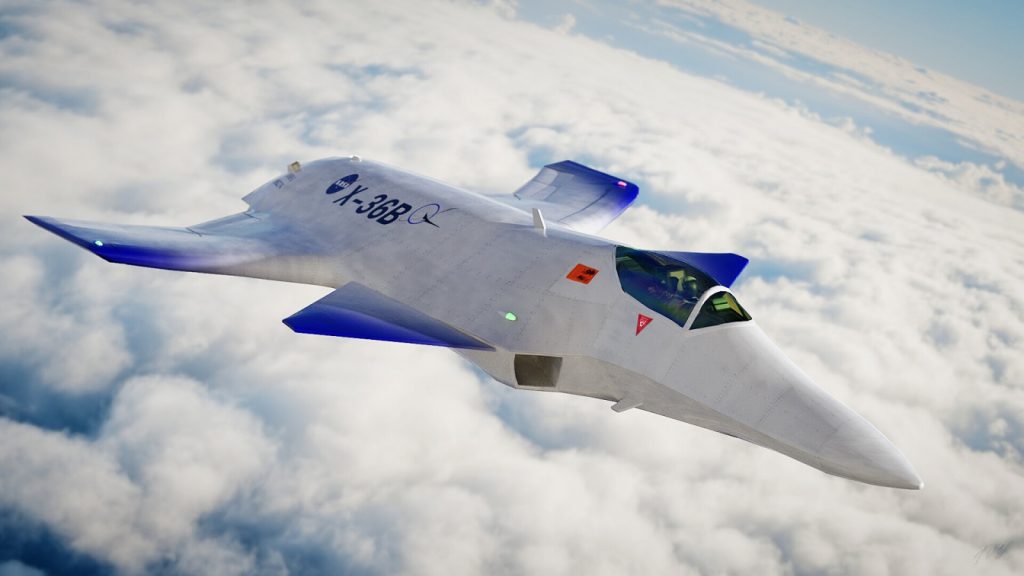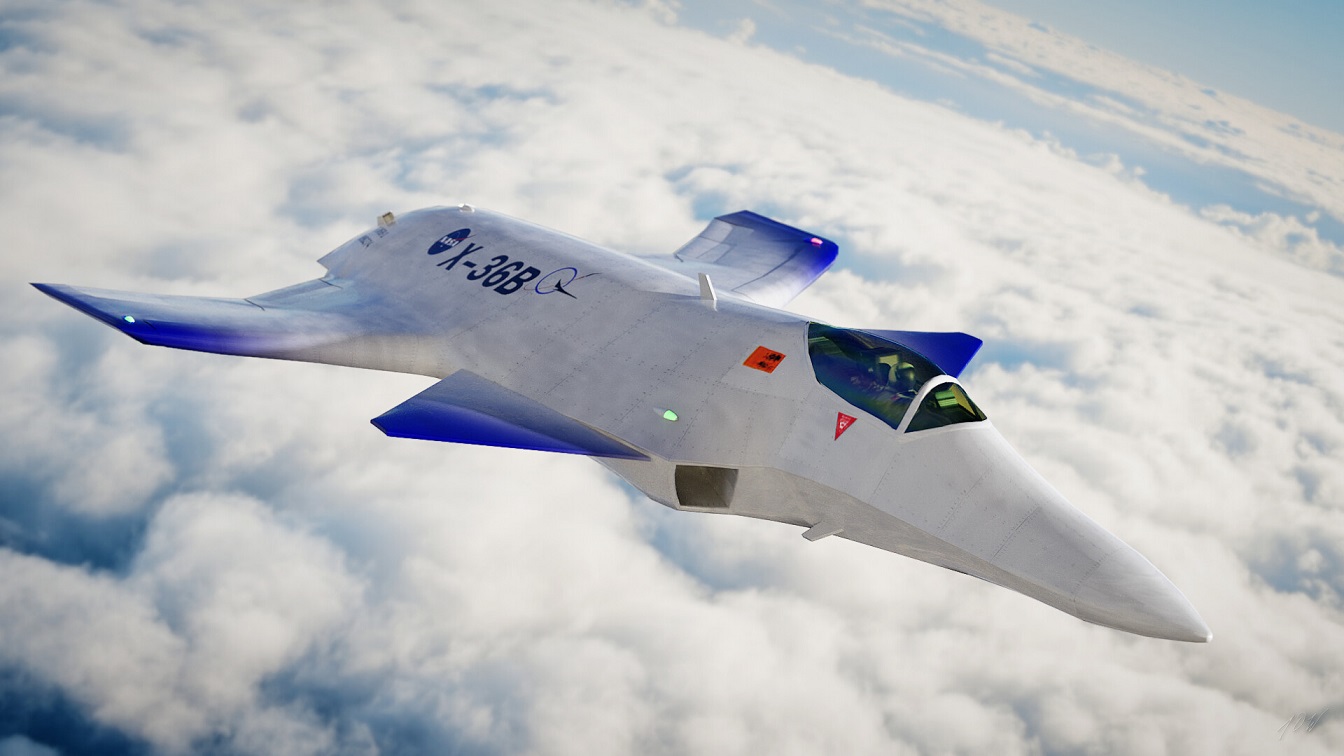The X-36 may be underappreciated because it’s an experimental stealth plane. However, it was a significant event in aviation history.

X-36. Image Credit: Creative Commons.
“Reasons why the X-36 should go down in aviation annals:
The Wright-Patterson Air Force Base (AFB) National Museum of the United States Air Force houses a collection of experimental aircraft built to showcase new technologies. Much like the “concept cars” of the automotive industry, the experimental aircraft in the museum’s Research & Development Gallery was never really intended to be the next generation of fighters meant for war with an adversary such as Russia, but rather were designed to push the limits of aerodynamics and to test new configurations.
Several of the planes have incredibly ground-breaking layouts; to the untrained eye, the architects and engineers behind them failed to add some crucial parts.
One of the planes on the show is the NASA/Boeing X-36 “Tailless Fighter Agility Research Aircraft,” a scaled-down prototype that is made to fly without a conventional tail. The configuration was designed to reduce weight, drag, and radar cross-section and boost the aircraft’s range, maneuverability, and survivability.
The program’s origins may be traced back to the mid-1990s when NASA and McDonnell Douglas (now Boeing) began working together at McDonnell Douglas’ “Phantom Works.” Only one of the two uncrewed X-36 aircraft built was used for testing, despite both being around a quarter the size of a possible future fighter. The initiative attempted to study a tailless fighter aircraft for prospective military applications.
The aircraft had a nontraditional airframe design, with the primary wing assembly in the back of the airframe and the forward canards near amidships. The X-36 was built to operate without conventional tail surfaces; instead, it relied on a canard in front of the wing, split ailerons, and a cutting-edge thrust-vectoring nozzle for navigation. However, the plane was still unsteady in the pitch and yaw axes, necessitating the development of a cutting-edge single-channel digital fly-by-wire (FBW) control system using some off-the-shelf parts.
The prototype took to the skies for the first time on May 17, 1997, and flew another 30 times over the summer and early fall of the same year. The flight test program was a resounding success, accomplishing every objective set for it and then some, from establishing the aircraft’s enhanced mobility to validating the feasibility of the pilotless design to confirming the airframe’s capacity to withstand impact. Throughout the 25 weeks, the aircraft completed 31 research flights, all landing safely and successfully. They logged 15 hours and 38 minutes of flight time while operated by four distinct versions of flight control software. The X-36 flew at a maximum angle of attack of 40 degrees and reached an altitude of 20,200 feet.
The X-36 prototype was also tested by the U.S. Air Force Research Laboratory (AFRL) in 1998 under the RESTORE (Reconfigurable Tailless Aircraft Research and Development Environment) program. Since its inception in December 1998, the X-36 has completed two successful RESTORE flights, demonstrating the effectiveness of the software designed by AFRL to rescue a tailless fighter if its control system is destroyed or malfunctions.
The flight test prototype arrived at the National Museum ( the United States Air Force) the same day as the Boeing Bird of Prey and is now on exhibit there. Both can be seen at the museum’s Innovation and Research Gallery. The Air Force Test Flight Centre Museum at Edwards Air Force Base in California houses the other prototype used for ground testing and other studies.






